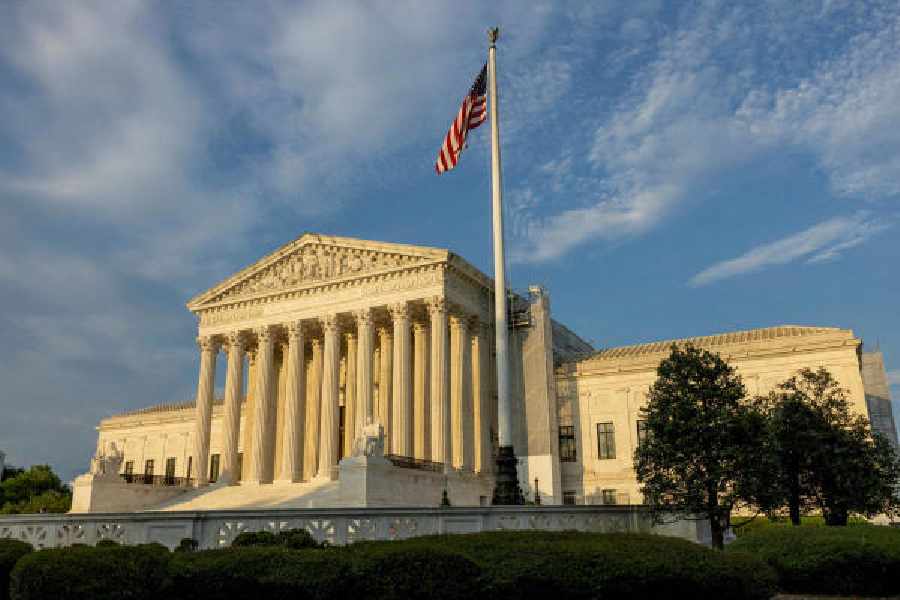President Donald Trump’s tactics of using sweeping tariffs on trading partners of the United States came under a barrage of questions from a conservative-heavy US Supreme Court, leading the world towards more tariff uncertainties.
During the 150-minute oral hearing in the court, the solicitor-general arguing in favour of Trump’s so-called ‘reciprocal tariff’ faced scepticism not just from the three liberal justices but also from a few of the conservatives who are Trump appointees.
The proceedings left in the lurch not only the US businesses, who actually pay the tariff, but also trading partners such as India, which are still negotiating a trade deal, and those that have inked a deal such as the EU and the UK and a few South Asian nations.
Officials in New Delhi told news agency Bloomberg that a Supreme Court ruling against Trump won’t make much difference to the trade talks. The White House could use other tools to achieve its trade objectives, taking executive action, or possibly using non-tariff barriers, the officials said.
However, the court action gives Indian negotiators more reason to push for language in the trade pact that’s compatible with World Trade Organisation rules and would be legally-binding, one of the officials said. A ruling against Trump would strengthen New Delhi’s case for sticking to its position, the person said.
Five options
Experts widely believe that Trump will likely fall back on other tools to tax imports if his use of the 1977 International Emergency Economic Powers Act (IEEPA) is deemed unconstitutional.
While the American Constitution gives the US Congress the power to levy taxes and duties, the nation’s lawmakers have delegated some of their authority to the executive branch through a number of statutes.
These laws give Trump at least five fallback options to impose tariffs in different ways.
In general, these alternatives come with more limits and procedural restrictions, meaning there’s less leeway for Trump to impose tariffs immediately and set the rates as high as he chooses.
The Trump administration may consider Section 232 of the Trade Expansion Act of 1962, Section 122, 201 and 301 of the Trade Act of 1974 and Section 338 of the Smoot-Hawley Tariff Act of 1930.
An analysis by Bloomberg suggests that at least three of these tariffs cannot be imposed instantly by replacing the IEEPA provision, should the court strike it down.
However, use of Section 122 of the Trade Act can be instant without investigation but the rate is capped at 15 per cent.
The most potent trade measure could be the Depression-era provision Section 338 of the Smoot-Hawley Tariff Act which empowers the President to introduce tariffs on imports from nations “whenever he shall find as a fact”.
There’s no prerequisite for a federal agency to conduct an investigation before the President can apply tariffs.
Section 338 has never been used before to impose tariffs.

